Types of Screws Suitable for Vibratory Bowls
n general, screws that have a regular shape, low symmetry, and no attached components are most suitable for vibratory bowls, offering higher feeding efficiency and orientation stability.
Highly Suitable Screw Types:
Pan Head, Countersunk Head, Hex Head Screws
Characteristics: Distinct head geometry with a clear center of gravity, making them easy to identify and orient on the track. Bowl tooling can easily catch under the head or use the head’s slope for sorting.
Machine Screws (Full Thread)
Characteristics: Full-threaded design with a regular overall shape and no protruding steps, allowing smooth flow on the track without jamming.
Screws with Slotted/Phillips/Pozidriv Heads
Characteristics: Although the head has a drive recess, as long as the screw is not extremely small, the bowl’s orientation mechanisms can still reliably align them by recognizing the screw head.
Self-tapping Screws
Characteristics: The sharp tip helps define direction on the track, and they can often be successfully sorted based on the center of gravity difference.
Screw Types Requiring Special Design or Potentially Problematic:
Screws with Attached Washers
Challenge: The washer (especially a split lock washer) can become dislodged during vibration or get caught on the track.
Solution: Requires special track design (e.g., covered tracks) to secure the washer and optimized vibration frequency to prevent jamming.
Shoulder Screws
Challenge: The step between different diameters on the screw shank can catch at track transitions.
Solution: Requires very precise design of track width and height to ensure the shoulder passes smoothly.
Double-Ended Screws / Studs
Challenge: Symmetrical at both ends with no distinct “head” or “tail,” making automatic orientation in a bowl very difficult.
Solution: If orientation is not required, they can be fed simply; if orientation is needed, it is very challenging and may require a vision system.
Extremely Small Screws
Challenge: e.g., screws smaller than M1.0. They are too light, can stick to the track due to static electricity, or may not be effectively propelled by vibration.
Solution: Use a micro-sized bowl with low amplitude and high frequency, potentially with added air assistance on the track.
Plastic Screws
Challenge: Lightweight, soft material, prone to static buildup and wear.
Solution: The bowl surface should have a non-stick coating (e.g., Teflon) to reduce friction and static, and vibration intensity must be reduced.

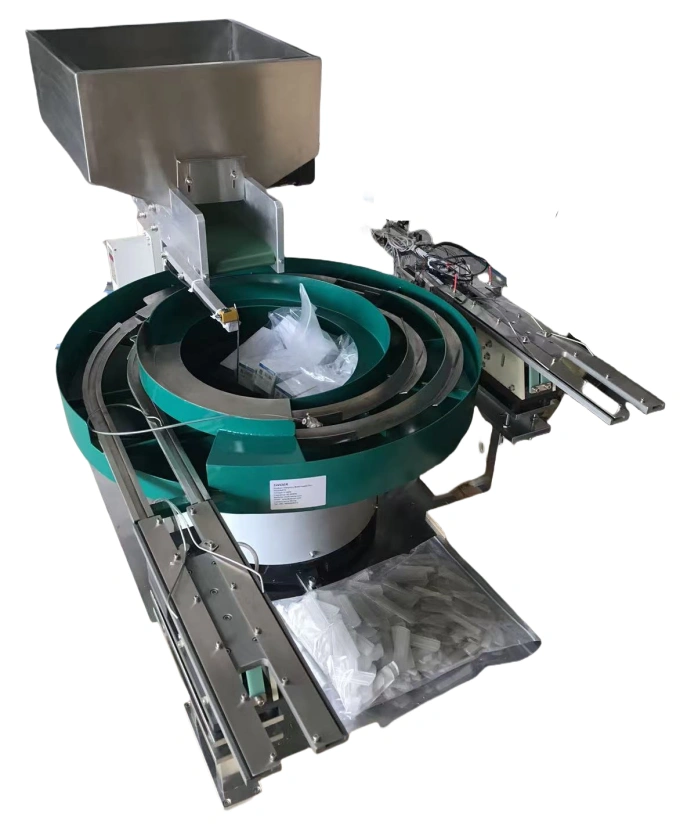
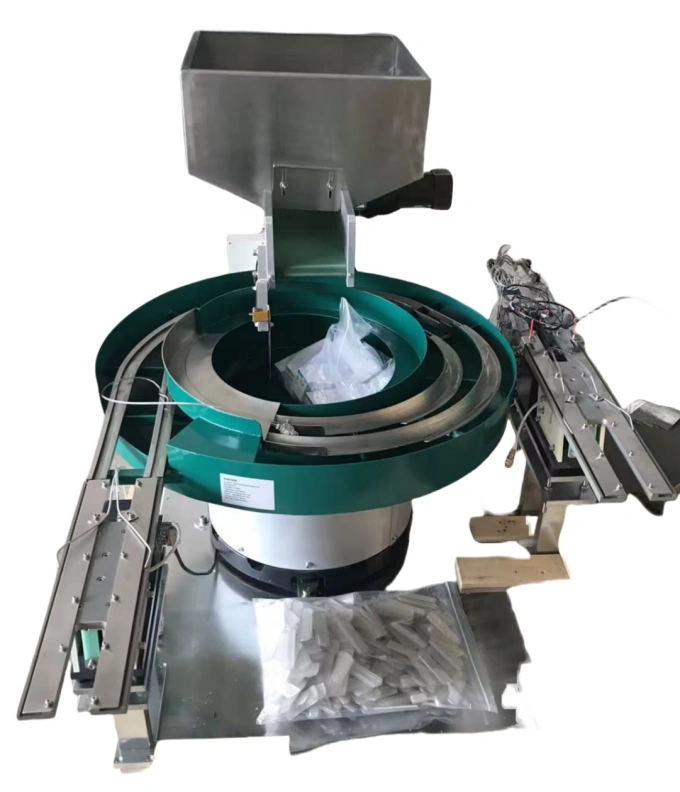
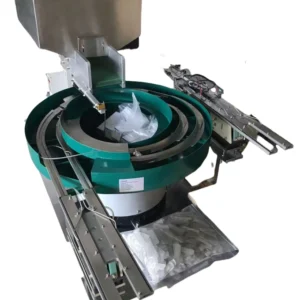
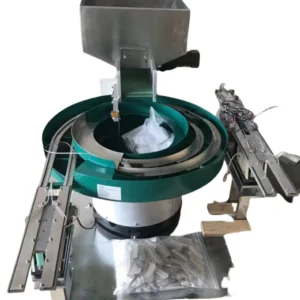
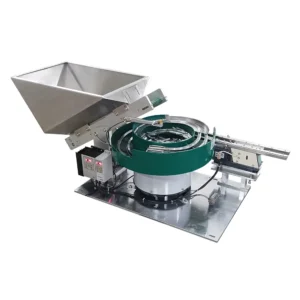
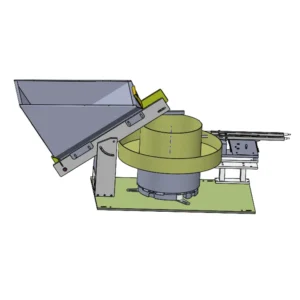
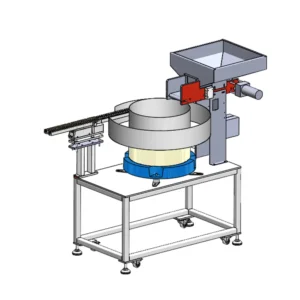
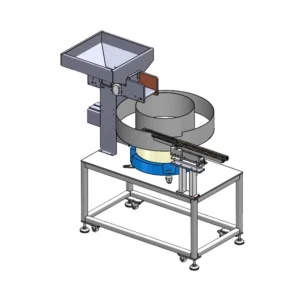
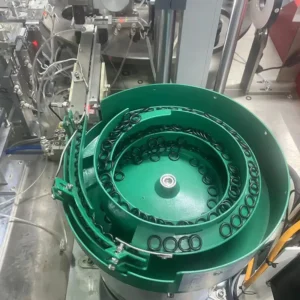
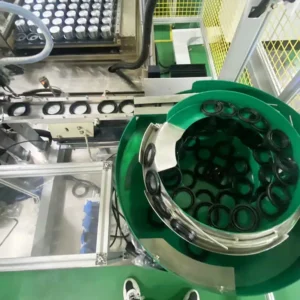
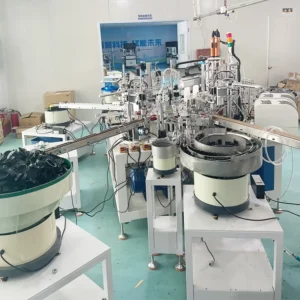
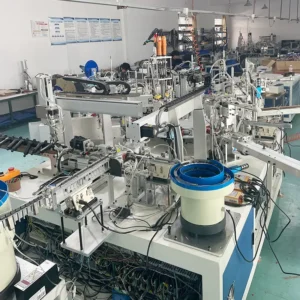
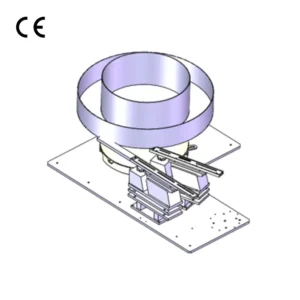
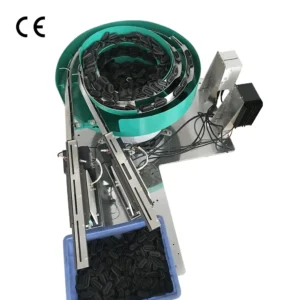
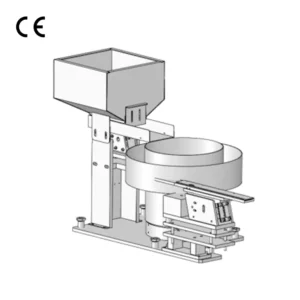
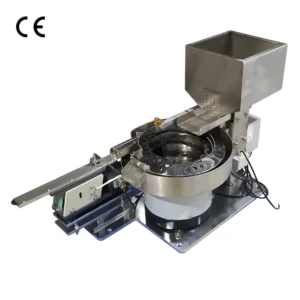
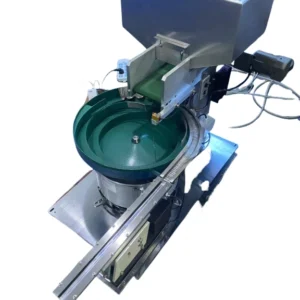

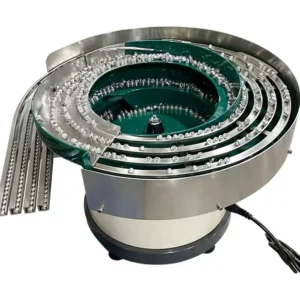
Opinie
Na razie nie ma opinii o produkcie.